Easy 30 Minute Prawn Thai Green Curry

You need to try this easy prawn Thai green curry with juicy prawns/shrimp, and tender green veggies in a vibrant, spicy and creamy coconut milk curry sauce. This delicious 30-minute recipe is sure to be a new weeknight favourite.
Time-consuming and with lots of hard-to-find ingredients, a homemade curry paste just isn't a feasible option most of the time. Fortunately, a store-bought paste can rival a homemade paste. It's just a case of choosing a good one. Then all you need is a few simple ingredients including garlic, ginger, coconut milk and fresh veggies, and you'll have a fragrant and creamy curry in no time.
Want more weeknight-friendly Thai-inspired curry recipes? Try my Tofu and Sweet Potato Red Curry, Thai Mackerel Curry and Peanut Butter Chicken Curry.
The post contains additional information and helpful tips to ensure the recipe turns out great the first time. Please use the link above to jump to the recipe card at the end if you are in a hurry!
- You don't need to make your own paste, you just need to choose a good store-bought one.
- Lots of lime juice and zest for tangy citrusy freshness, as well as kaffir lime leaves.
- Using veggies that absorb the delicious aromatic curry sauce flavours like peppers and courgette/zucchini.
- Super succulent shrimp. Achieved by removing the pan from the heat as soon as they are done.
- Prawns/shrimp: I find raw prawns are more succulent, but pre-cooked ones can be convenient too. If you opt for frozen prawns, thaw them overnight in the fridge.
- Curry paste: A store-bought green curry paste can taste as good as a homemade one, the key is to choose a good one. Opt for a Thai brand like Mae Ploy or Maesri. These curry pastes are more flavourful and taste more authentic than Western branded pastes. However, they do tend to be hotter, so it might be best to use a Western curry paste if you are sensitive to spice. Of course, you can make your own too.
- Coconut milk: You can use full or low fat.
- Peppers and courgette/zucchini: I have chosen these veggies because they are good at absorbing the flavours of the curry sauce.
- Fresh or dried kaffir lime leaves: I normally use dried ones because they are more readily available.
- Fish sauce: adds additional salty umami flavour to the curry. It's optional and might not be necessary if the paste you are using is already quite salty.
Note that the recipe has not been tested with the substitutions and variations below, so the results cannot be guaranteed.
- Coconut milk: substitute with cashew cream, almond or soy milk.
- Peppers and courgette/zucchini: switch for other veggies like aubergine/eggplant, beans, pak choi or broccoli.
- Lime zest and juice: lemon juice can also be used to add fresh citrusy flavour to the curry, although it will taste different.
- Prawns: swap for fish, chicken or tofu.
*Be sure to see the recipe card below for the full ingredients list & instructions!*
Step 1: Place a large pan or Dutch oven on a medium heat, add the garlic and ginger and fry for a couple of minutes until fragrant.
Step 2: Add the paste and fry for another minute.
Step 3: Pour in the coconut milk, add the sugar, fish sauce, and kaffir lime leaves and bring to simmer. Then add the peppers and courgette/zucchini and simmer for 10 minutes until tender.
Step 4: Add the prawns and cook for a few minutes until they turn opaque. Remove the pan from the heat and add the lime zest and juice. Serve with rice or noodles topped with fresh coriander.
- Rice: I often serve Thai prawn curry with jasmine rice. Other types of white rice, wild or brown rice will also work well.
- Noodles: the curry will go nicely with rice noodles.
- Grains: for a healthy alternative, serve with grains like quinoa or spelt.
Packed with juicy prawns and tender veggies this curry can certainly be considered a standalone meal, but some prawn crackers, spring rolls or Thai fish cakes will go nicely on the side.
- Use a Thai-branded paste. The paste is the most important ingredient, so make sure you choose a good one. Thai brands like Mae Ploy or Mae Sri are more flavourful and authentic tasting than Western brands.
- Don't overcook the prawns. Remove the pan from the heat as soon as they turn opaque. They'll get tough and rubbery if you cook them for too long.
- Add lime juice at the end. The bright citrusy flavours will be muted it you add it while the curry is still cooking.
Once your curry is cooked, you can keep it in the fridge for a maximum of two days. When reheating, it's worth noting that the prawns might lose some of their succulence, so if you're planning to make it ahead, store the curry without the prawns. The curry sauce can be stored for up to four days. You can also freeze the curry for up to three months. To defrost, simply place it in the fridge overnight, and then reheat it on the stove or in the microwave whenever you're ready to enjoy it again.
Is Thai green curry hot?Traditionally, Thai green curry does have a significant amount of heat due to the green chillies used in the curry paste. However, the spiciness of the dish depends on the ingredients used. Thai-branded curry pastes tend to be hotter than western branded pastes. To reduce the spiciness you can use a milder western-branded paste or increase the amount of coconut milk.
What is the difference between Thai red and Thai green curry?Thai red curry and Thai green curry differ in their key ingredients and flavours. Red curry features a paste made from red chilies, garlic, shallots, lemongrass, and spices, resulting in a rich and moderately spicy flavour. Green curry paste is made from green chilies, garlic, shallots, lemongrass, and herbs, giving it a spicier and more herbaceous taste.
Is this recipe gluten-free?Traditional Thai curry paste and many of the ingredients in this recipe are typically gluten-free. However, it's important to check the labels of store-bought curry paste and other ingredients to ensure they don't contain gluten additives.
Vegetarian Thai Drunken Noodles
Thai Mackerel Curry
Sweet Potato and Tofu Thai Red Curry
Thai Basil Fried Rice
Did you try this recipe?
Easy 30 Minute Prawn Thai Green Curry
Recipe details
Ingredients
- ▢ 1 tbsp neutral oil (Note 1)
- ▢ 3 cloves garlic grated
- ▢ 20 g (1 tbsp) ginger grated
- ▢ 4 tbsp green curry paste (Note 2)
- ▢ 400 ml (14 oz) coconut milk (Note 3)
- ▢ 1 tsp fish sauce (Note 4)
- ▢ 3 tsp sugar
- ▢ 4 kaffir lime leaves (Note 5)
- ▢ 2 red and/or green peppers sliced
- ▢ 1 medium courgette/zucchini
- ▢ 300 g (11 oz) prawns/shrimp (Note 6)
- ▢ 2 limes juice and zest of 1 (Note 7)
- ▢ 1 handful coriander finely chopped
Instructions
- Heat the oil in a large pan or wok over medium heat.
- Add the grated garlic and ginger to the pan and sauté for a minute until fragrant.
- Add the green curry paste to the pan and stir-fry for another minute to release its flavours.
- Pour in the coconut milk, fish sauce, and sugar. Stir well and bring the mixture to a gentle simmer.
- Add the kaffir lime leaves and sliced peppers and courgette/zucchini to the pan. Let them cook for a few minutes until they start to soften.
- Add the prawns/shrimp to the pan and cook for a few minutes until they turn pink and opaque.
- Remove from the heat and stir in the lime zest and juice.
- Serve with rice or noodles topped with fresh coriander.
Tips
- Oil: use a neutral oil with a high burn point like vegetable, canola or groundnut.
- Green curry paste: I recommend using a Thai paste-like Mae Ploy or Maesri. These curry pastes are more flavourful and taste more authentic than western branded pastes. However, they do tend to be hotter, so it might be best to use a Western curry paste if you are sensitive to spice.
- Coconut milk: You can use full-fat or low-fat.
- Fish sauce: Adds additional salty umami flavour to the curry. It's optional and might not be necessary if the paste you are using is already quite salty.
- Kaffir lime leaves: You can use fresh or dried.
- Prawns/shrimp: Raw prawns are more succulent, but pre-cooked ones can be convenient too. If you opt for frozen prawns, make sure to thaw them overnight in the fridge.
- Lime: Lemon juice can also be used to add a fresh citrusy flavour to the curry, although it will taste different.
- Storage instructions:
- Once the curry is cooked, you can keep it in the fridge for a maximum of two days. When reheating, the prawns might lose some of their succulence, so if you're planning to make it ahead, store the curry without the prawns and add them when you come to reheat the curry. The curry sauce can be stored for up to four days. You can also freeze the curry for up to three months. To defrost, simply place it in the fridge overnight, and then reheat it on the stove or in the microwave.




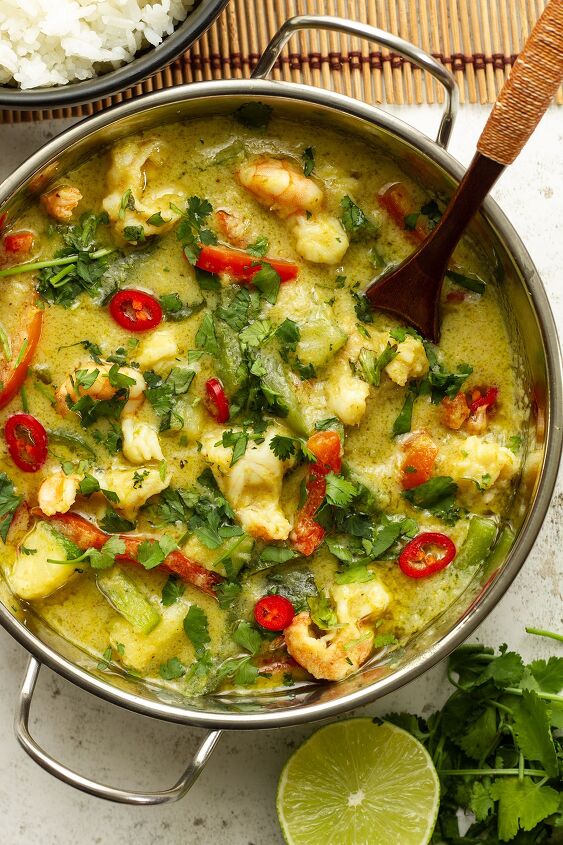










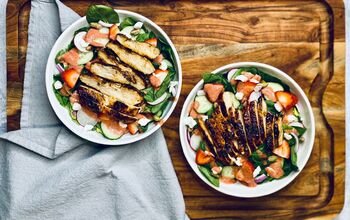
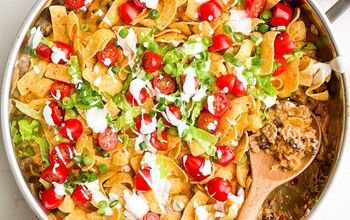


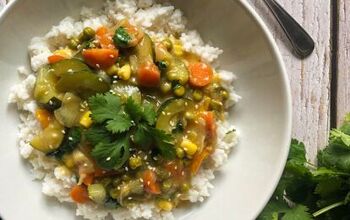
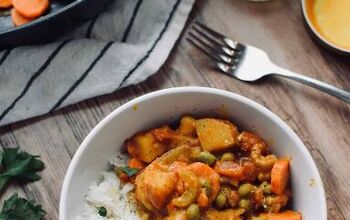
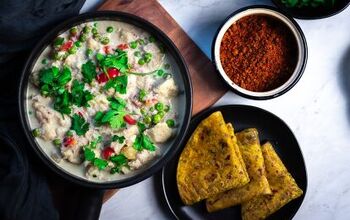
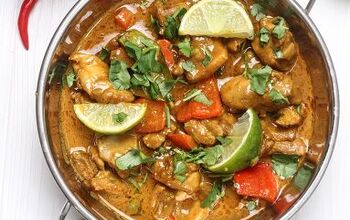
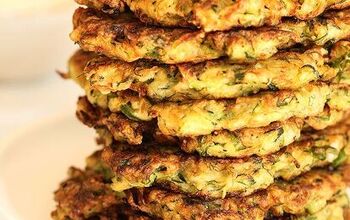
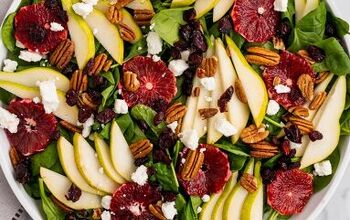
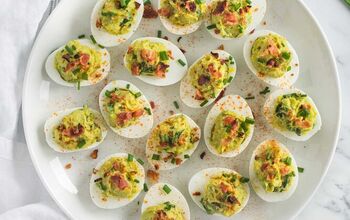

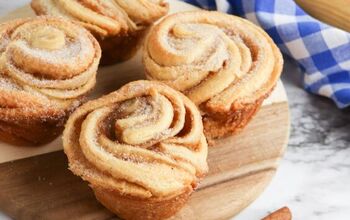
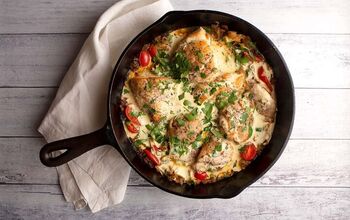

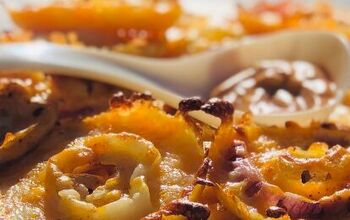

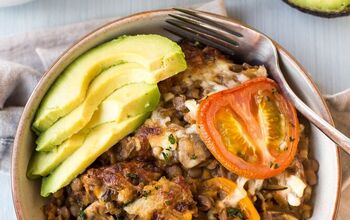
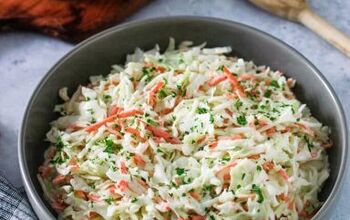
Comments
Share your thoughts, or ask a question!